International Experimental Animation Exhibition and Forum, Sichuan Fine Arts Institute Chongqing, China, 18th Oct – 1st Nov 2106
This series of events sought to question the ontology of animation with a series of speakers and artists showing work that troubled at the edges of animation as a practice.

Day 1. Forum Opening. Presentations:

Welcome speeches by Jie Zhang , Vice-president of Sichuan Fine Arts Institute, Chuan Li , Director of the New Media Department and Tingting Lu, director of the Forum.
Tianran Duan “The Principle Concept of Animation” drew parallels between the post-modern collapse of meaning in philosophy and our current understanding of animation.
Gerben Schermer “Holland Animation Film Festival on the Cutting Edge”talked about the curatorial policy of the festival and showed the film Recycled by Lei Lei and Thomas Sauvin
Jian Liu reflected on experimental practice in animation and warned against over theorising practice.
Birgitta Hosea “Involuntary Animation” explored involuntary mark-making and chance procedures in animation with reference to Iimura Takahiko’s Circle and Square (1982), John Cage’s Music of Changes (1951), Vicky Smith’s 33 Frames Per Feet (2013) and Noisy, Licking, Dribbling and Spitting (2014) and finally her own work Time Channel (2014).
Xi Chen “Time and Poetry in Animation”
Yuxiao Yi “Rational Technique and Image Ethic” discussed post-disciplinary, post-hums work and the extension of sensation
Yves Nougzarede talked about “Annecy and Experimental Animation” with examples of films by Paul Bush and Susan Young and thoughts about the curatorial policy behind the experimental category
Lei Lei “Tidy Up Old Things and Image of Animation” presented some his latest works in which he uses re-animation techniques to interrogate archival collections of photographs
Sheila Sofia “Animated Documentary”discussed creative challenges in using animation for documentary purposes and considers whether animation might be more truthful or perhaps more manipulative than live action.
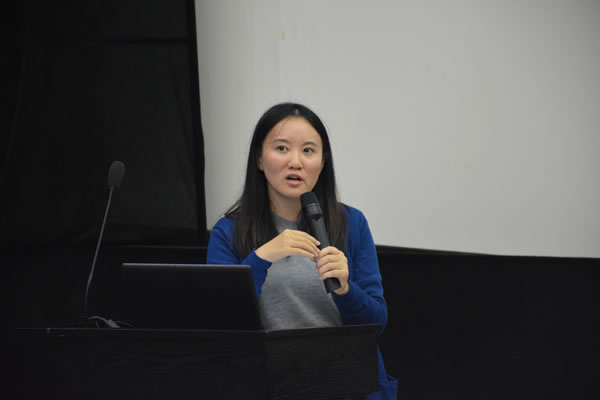
Tingting Lu’s closing speech argued for a dematerialisation of the concepts behind animation, for animation as an adjective or adverb instead of a verb or a noun, for anti-animation, for post-animation.
Day 2
Sheila Sofia presents her latest film, Truth Has Fallen, and the context behind it
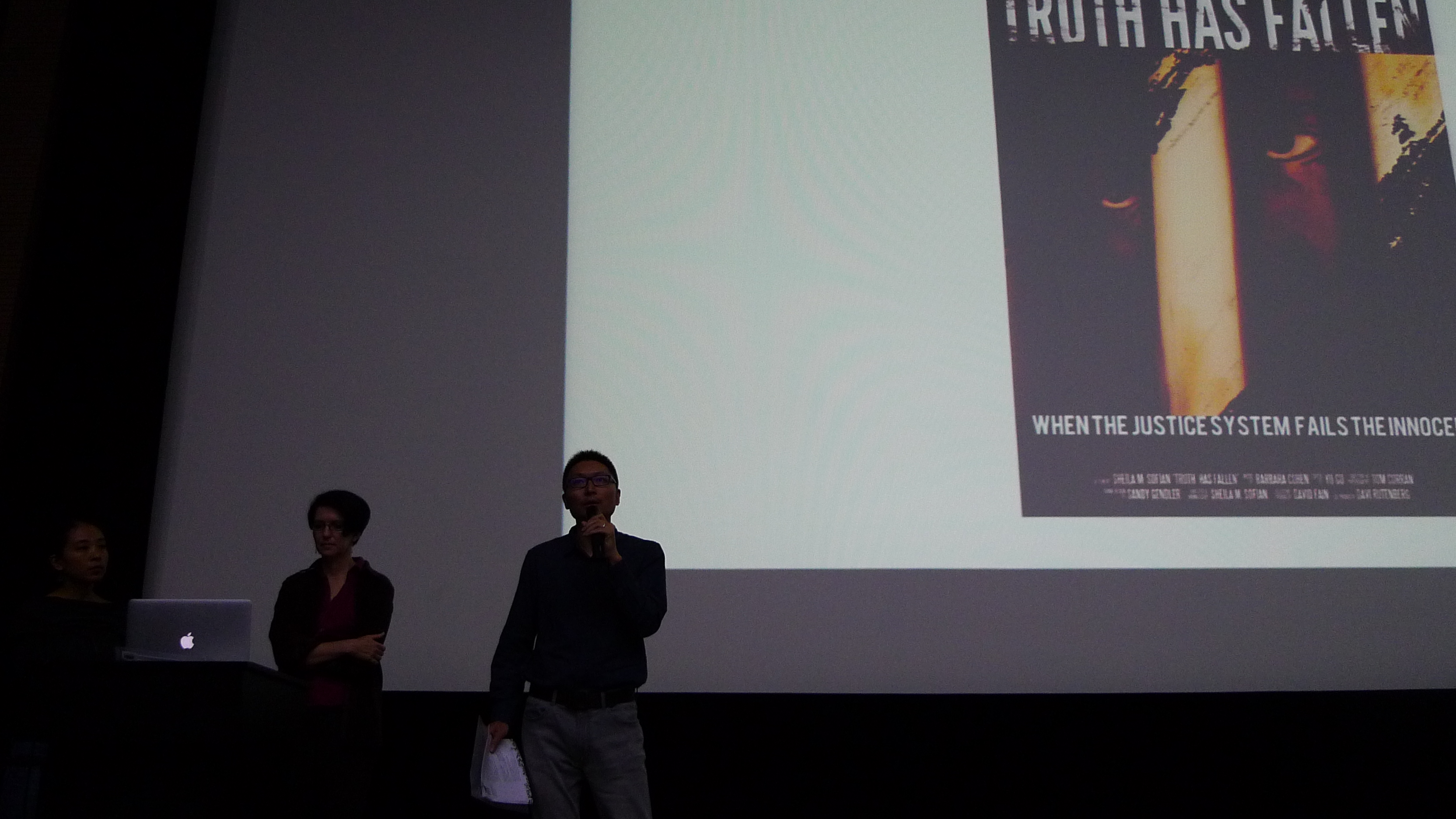
Birgitta Hosea presents an overview of her work in animation and performance

Organiser Tingting Lu, her assistant Juncheng Li, Birgitta Hosea and Sheila Sofian

Exhibition Opening in the New Media Art Centre

Featuring work by artists including: Birgitta Hosea.


For Beyond Noumenon, she has created a series of works that explore erasure and the invisibility of labour. It takes so much physical labour to create the world around us – constructing buildings, manufacturing goods, cooking, cleaning… Yet, all too often this work goes unrecognised and is invisible. We see the end product – the finished building, the meal, the clean house – but not the labour of the workers that went into its creation.
This project aims to remember some of the labour of domestic work performed over and over by many generations of women for their families, but then forgotten. Through sequential action drawings, paper cuts and performance, the process of erasure is used to record the duration and actions of domestic labour. The artist herself worked as a cleaner in hospitals and private houses in her younger years and has created this project in memory of her grandmothers.
The individual works include Rosary Drawing XII (2015), a performance that explores the time-based nature of prayer beads, Scoured I-XVI (2016), a series of 16 images created through cleaning processes through the use of bleach and a scouring pad, and Cleaning I and 2 (2016), paper cuts made as the trace of a performance of cleaning.
Sheila Sofian

Tianran Duan

Lei Lei

 Mi Chai
Mi Chai
 Tingting Lu
Tingting Lu

Lots of lovely food was eaten, particularly the local hot pot!

Meeting up with former students Dandan Wang and Lai Wei, Sheila Sofia and translator Bao Li

Birgitta Hosea also ran a workshop on Emotional and Physical Mark-making, which used techniques from contemporary dance and method acting to challenge students’ habitual drawing methods




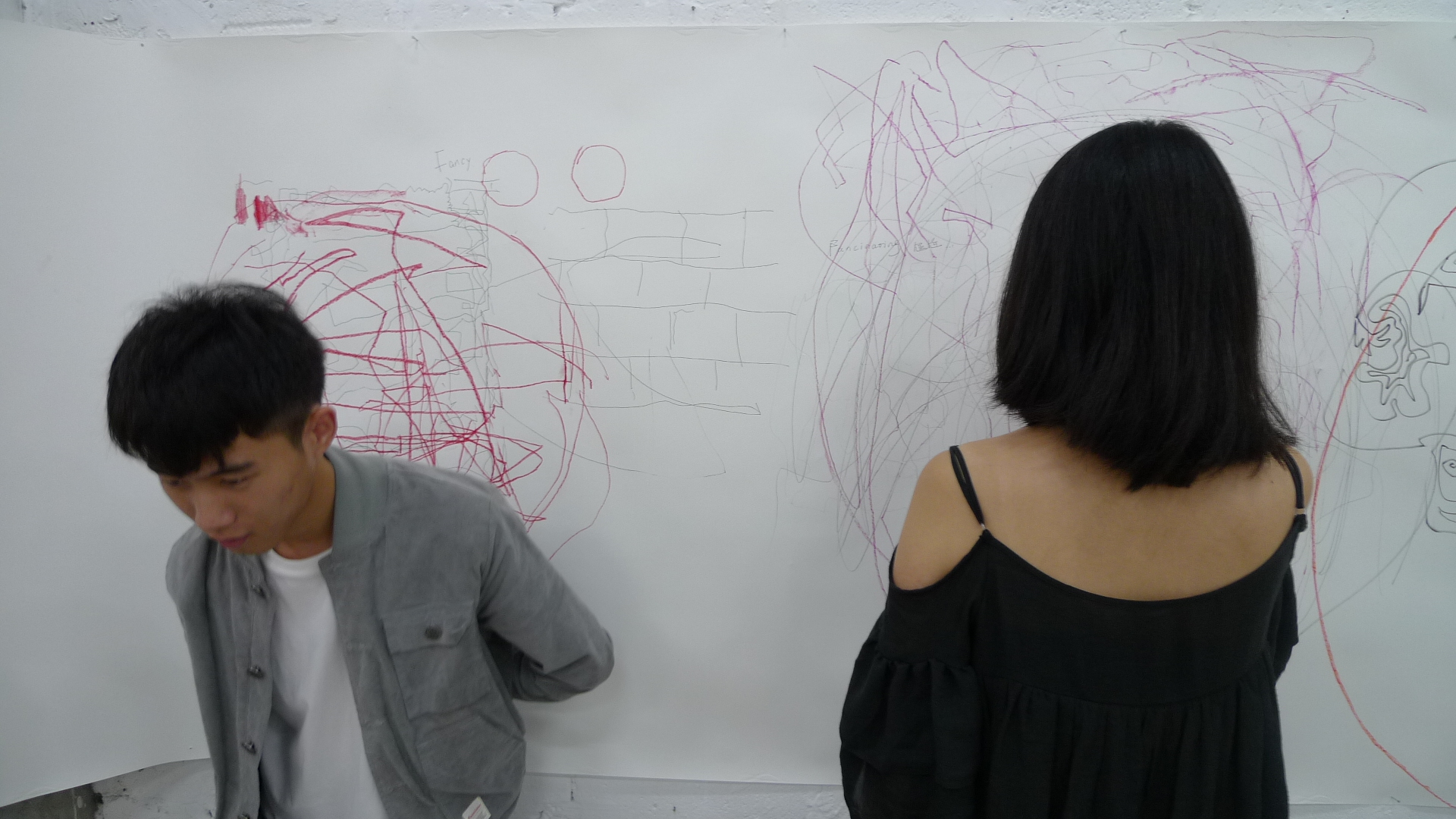




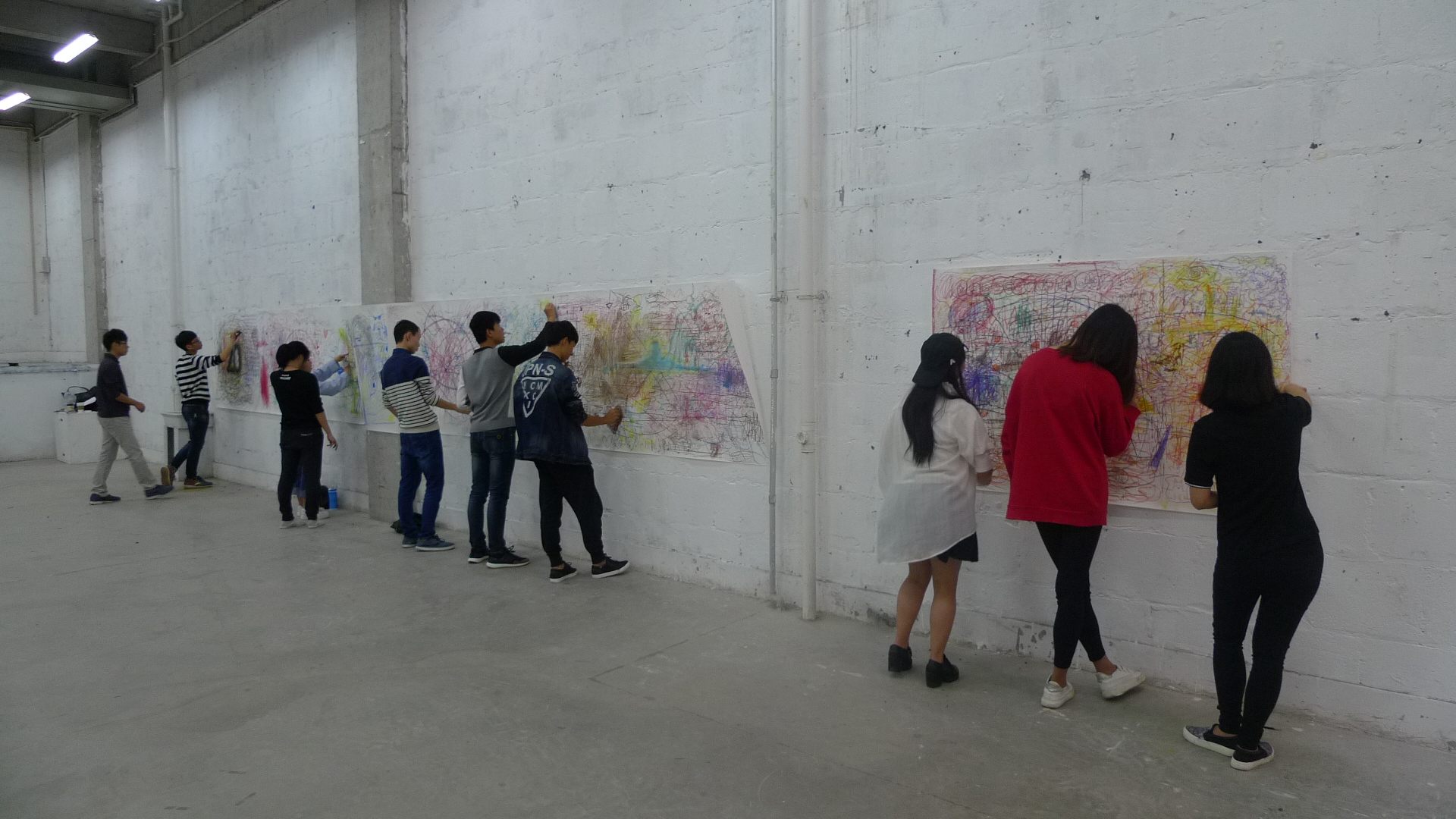

Press reviews and more photos on 99ys.com, sina.cn and weixin
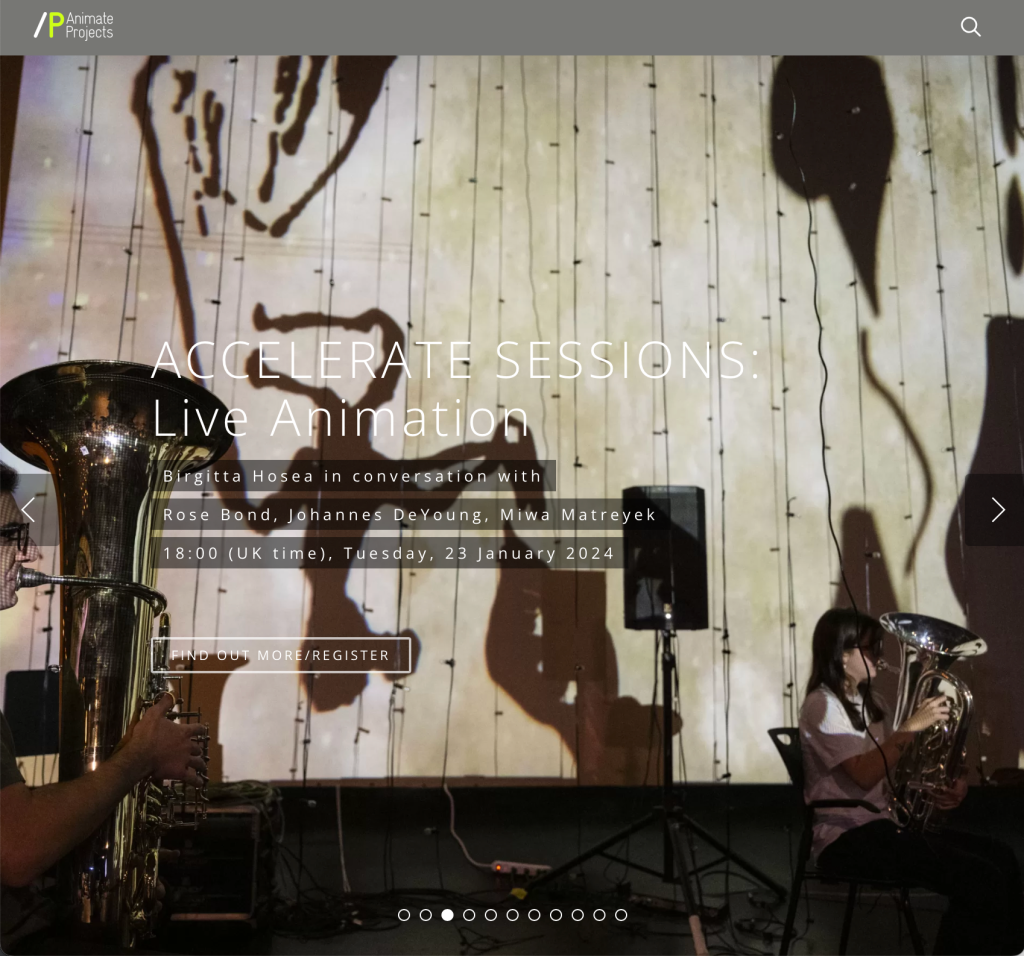
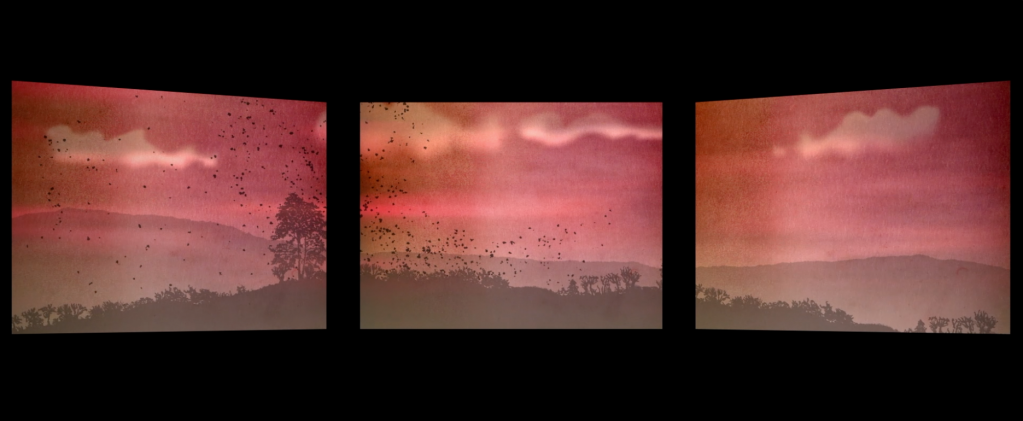
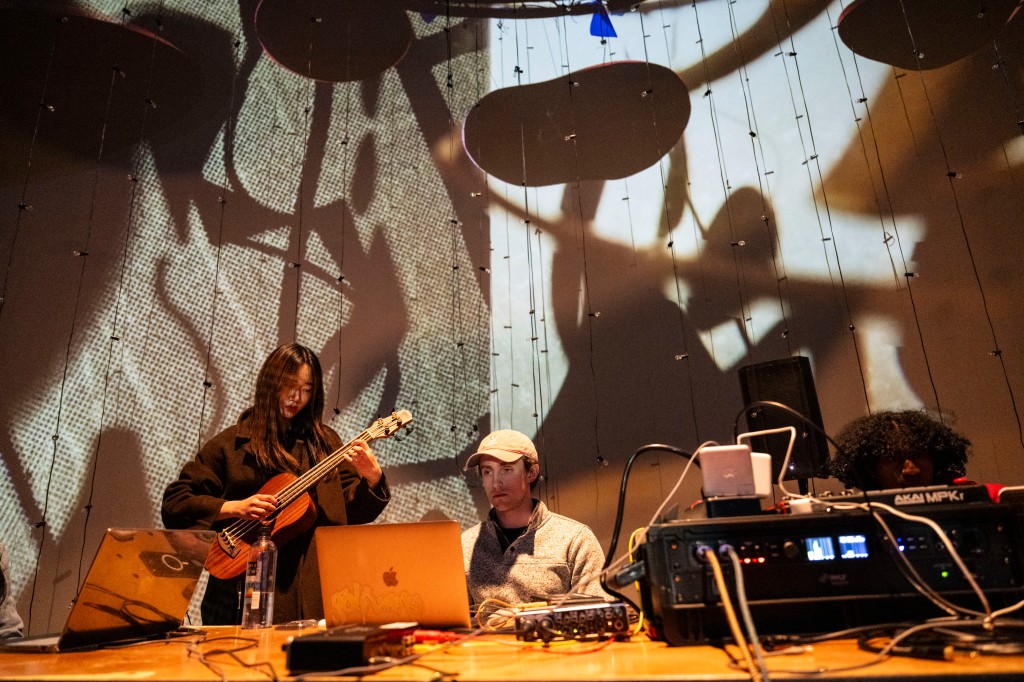
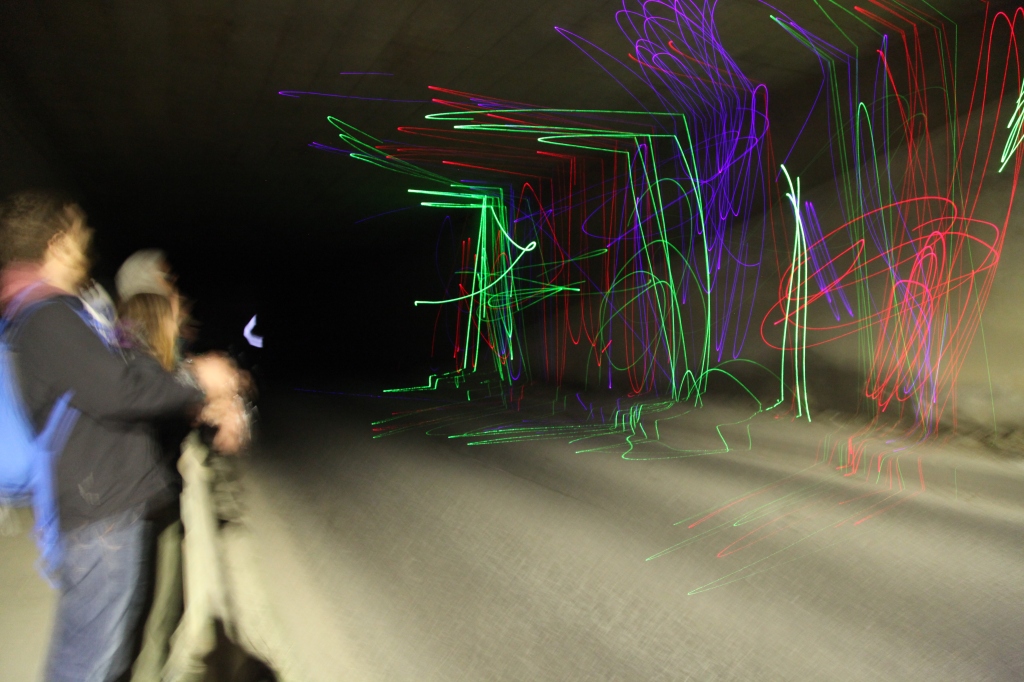
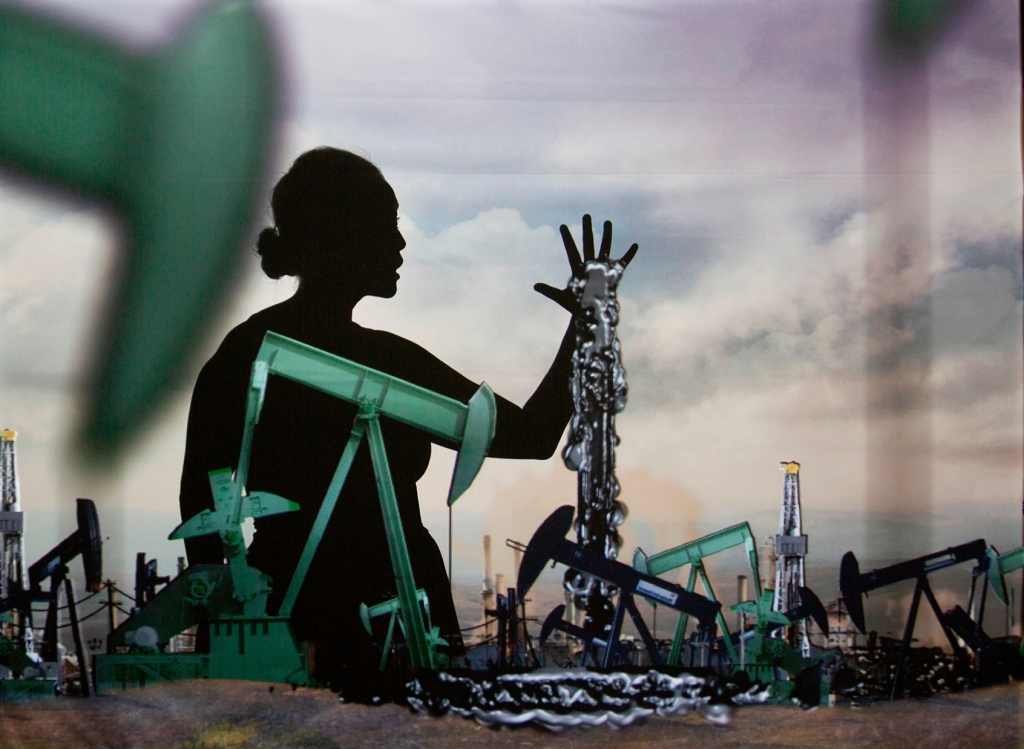
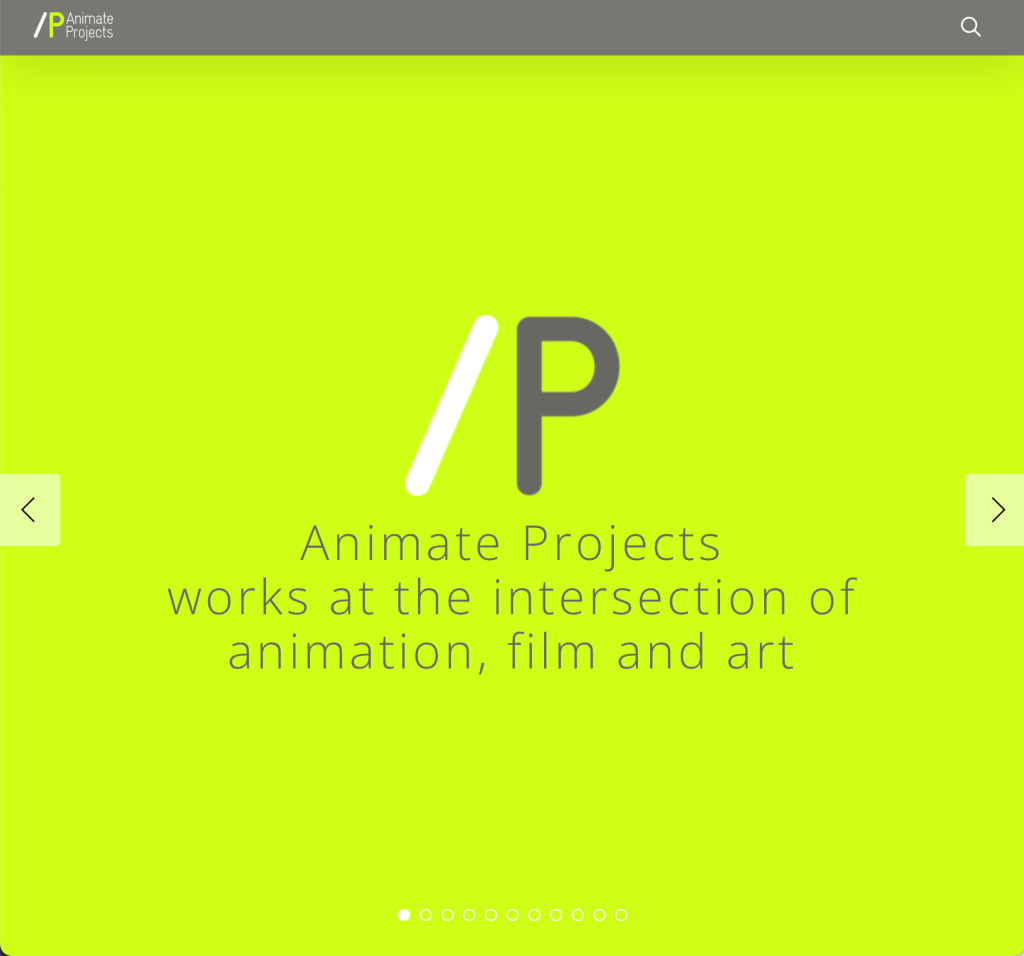
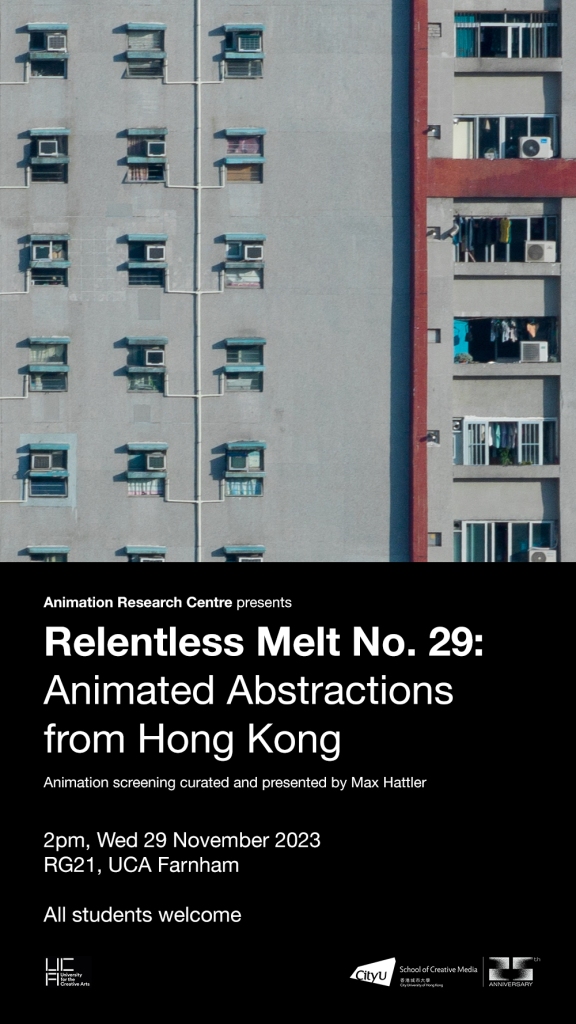
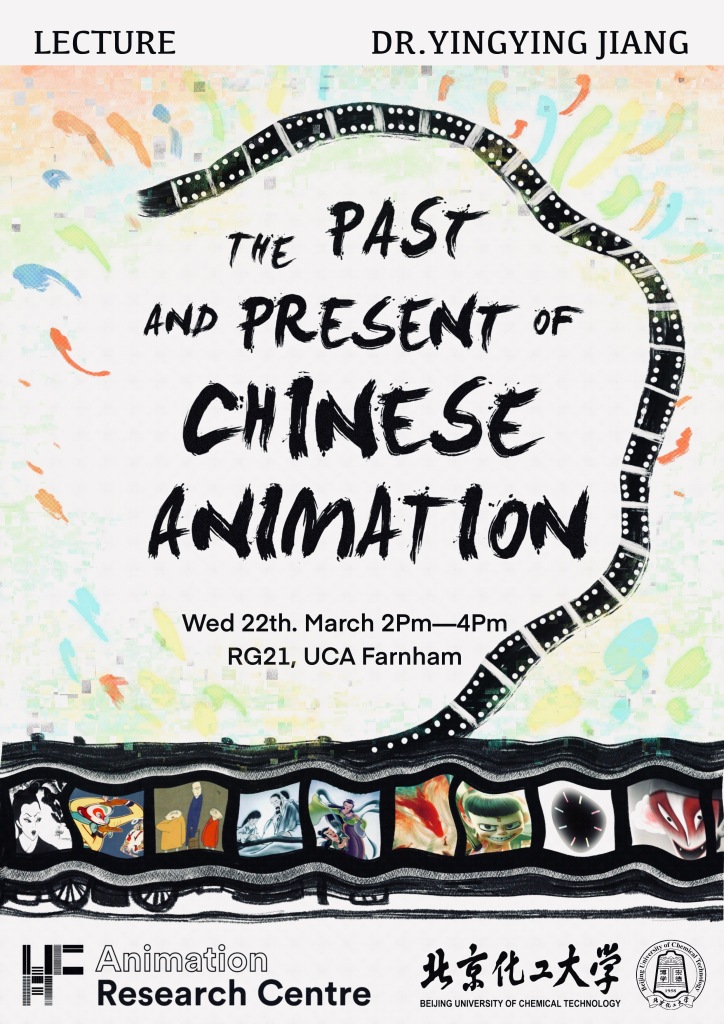
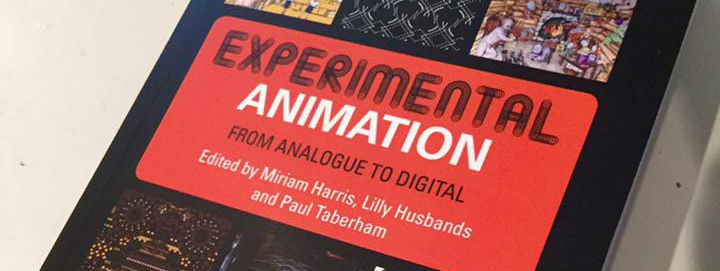 Hot off the press…
Hot off the press… 
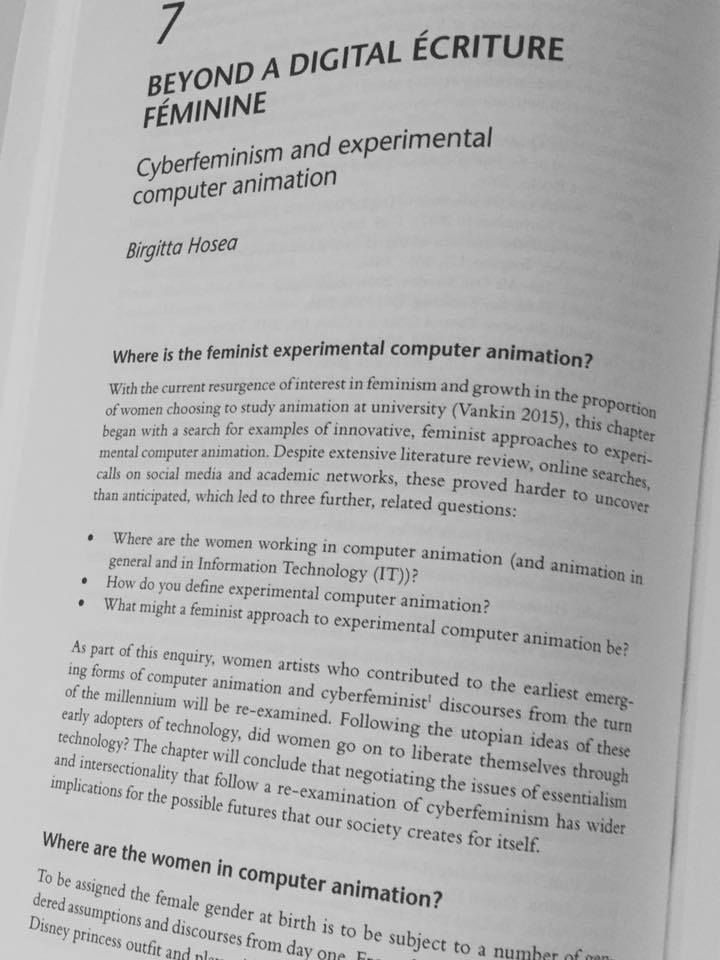










 For Beyond Noumenon, she has created a series of works that explore erasure and the invisibility of labour. It takes so much physical labour to create the world around us – constructing buildings, manufacturing goods, cooking, cleaning… Yet, all too often this work goes unrecognised and is invisible. We see the end product – the finished building, the meal, the clean house – but not the labour of the workers that went into its creation.
For Beyond Noumenon, she has created a series of works that explore erasure and the invisibility of labour. It takes so much physical labour to create the world around us – constructing buildings, manufacturing goods, cooking, cleaning… Yet, all too often this work goes unrecognised and is invisible. We see the end product – the finished building, the meal, the clean house – but not the labour of the workers that went into its creation.






 Mi Chai
Mi Chai Tingting Lu
Tingting Lu












